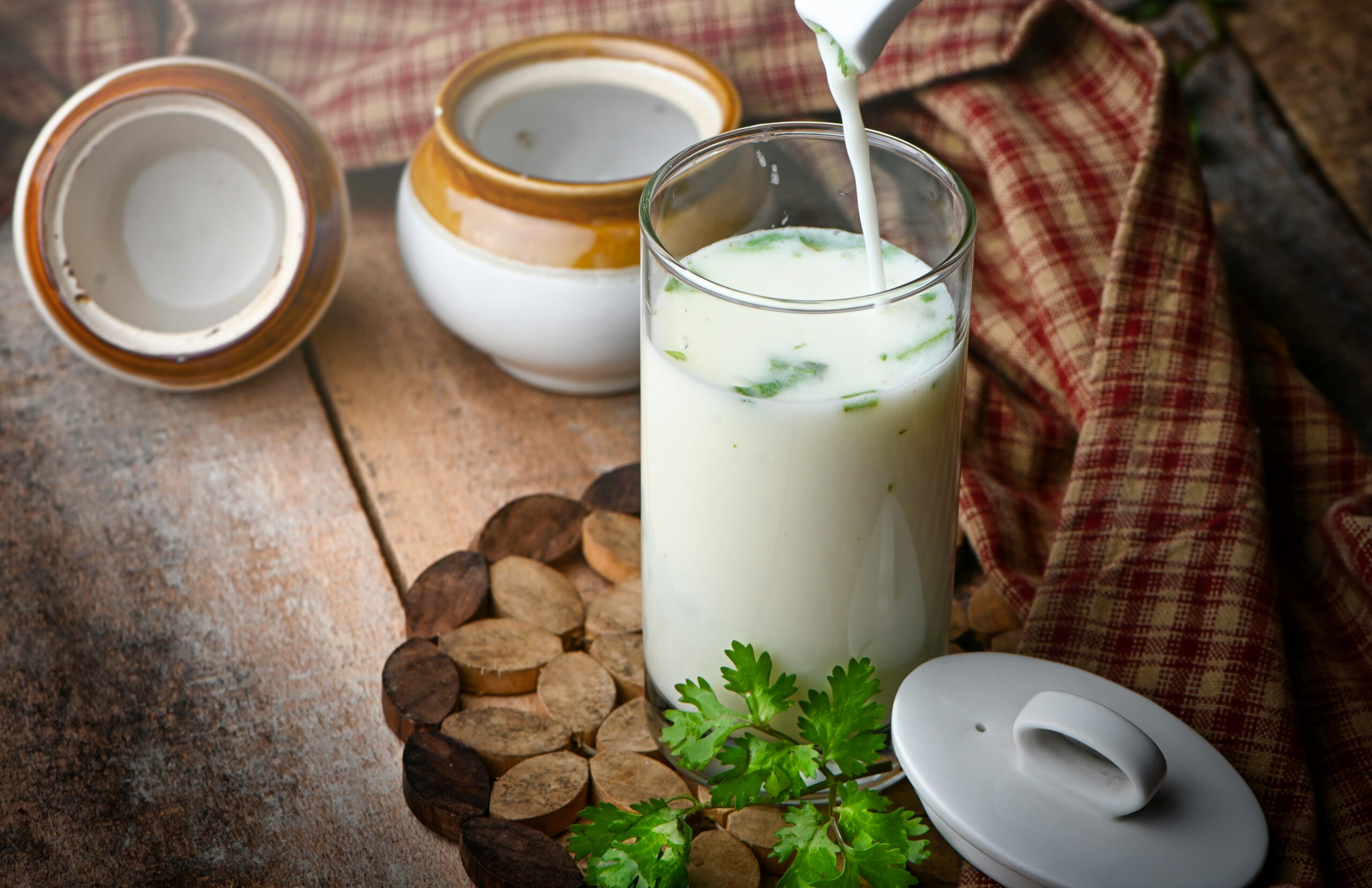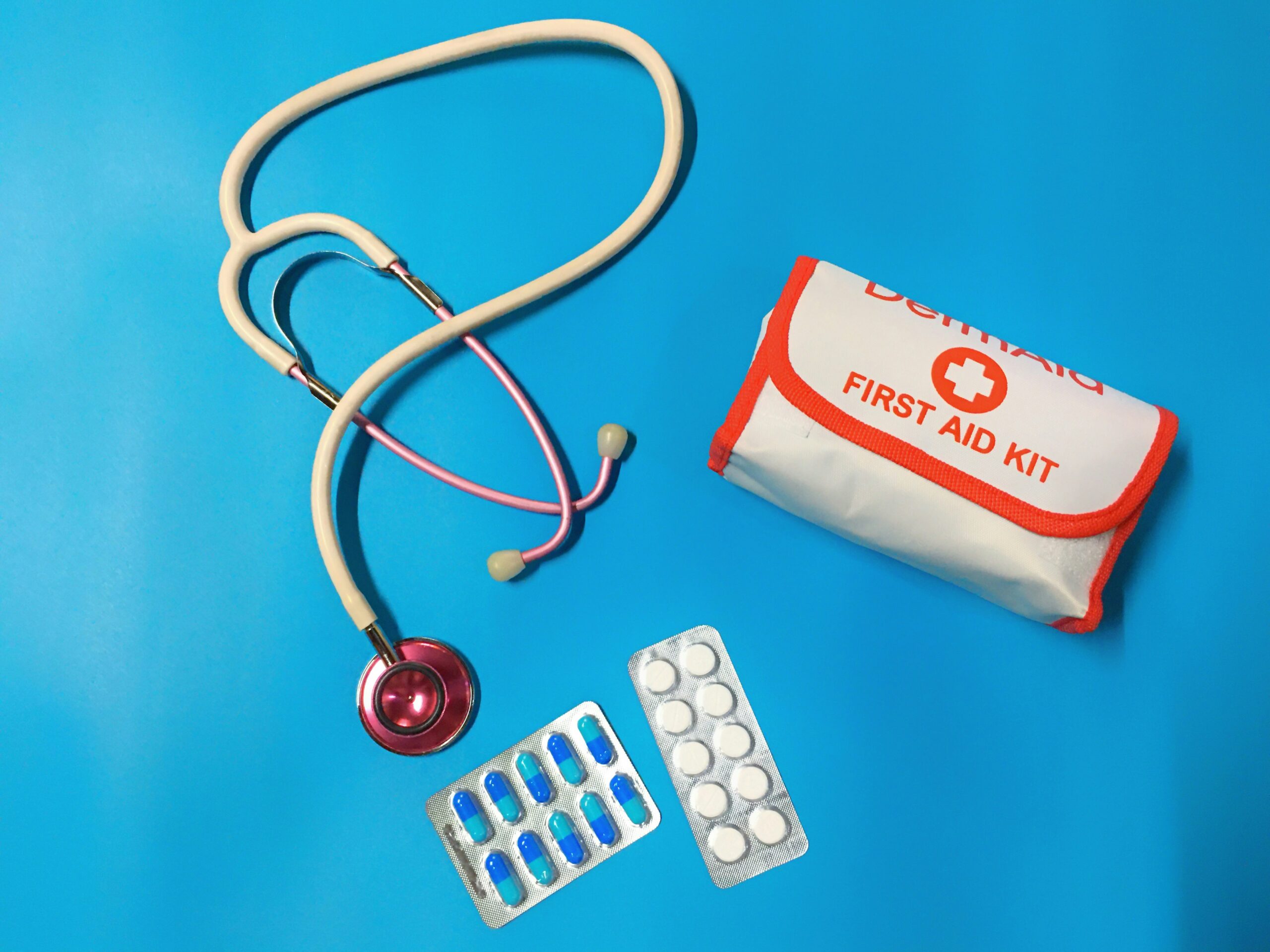Lactic acid is an organic chemical compound formed in acidic milk and muscles after intense exercise. It is formed by burning glucose in the absence of adequate oxygen. It is also found in fermented dairy products. Due to its unique properties, it is often used in various industries. It is widely used in cosmetics and pharmacology. Lactic acid has a broad spectrum of properties and can be used in many directions.
Naturally present in our skin, lactic acid has a moisturizing effect. Lactic acid bacteria belong to a broader group of bacteria called Lactobacillus. Lactic acid bacilli are used as probiotics. Lactic acid is a compound often used in medical treatment, especially for skin diseases, problems, and gynecological ailments. Probiotics are generally safe for most people, but side effects can sometimes occur.

Lactic acid was discovered by K.W. Scheele in 1780![]() . The chemist fermented sour milk. The discovery is related to the current terminology of lactic acid. The acid's isolation contributed to this ingredient's use in industrial production. The interest in lactic acid is related to its many benefits. Lactic acid is used in the food, medicinal, and cosmetic industries. In addition, lactic acid is a naturally occurring element in the human body.
. The chemist fermented sour milk. The discovery is related to the current terminology of lactic acid. The acid's isolation contributed to this ingredient's use in industrial production. The interest in lactic acid is related to its many benefits. Lactic acid is used in the food, medicinal, and cosmetic industries. In addition, lactic acid is a naturally occurring element in the human body.
Lactic acid is produced in tissues after intense exercise when muscles do not receive enough oxygen during activity. The rate of its production, therefore, depends on the increasing intensity of the effort, which translates into an increase in the demand of the working cells. In addition, the human microflora contains bacilli from the genus Lactobacillus. These bacilli produce lactic acid, which ensures proper conditions in various areas. The functions of lactic acid include the following properties:

Lactic acid is used in the food industry due to its preservative properties. These properties allow the chemical compound to extend the shelf life of products, so lactic acid is used as a natural preservative. Lactic acid is also an acidity regulator in food products such as sauces, preserves, and beverages. However, lactic acid is used for food purposes mainly based on its role in yogurt![]() and cheese production.
and cheese production.
Lactic acid is an ingredient in many cosmetics. It is mainly used in exfoliating and moisturizing preparations, for example, for dry skin symptoms that appear in numerous dermatological diseases![]() . Lactic acid affects hydration, maintaining the correct moisture level in the epidermis and making the skin soft and smooth.
. Lactic acid affects hydration, maintaining the correct moisture level in the epidermis and making the skin soft and smooth.
Lactic acid's antibacterial properties are used in various industries. The compound has antibacterial and antifungal properties and is an effective disinfectant and antiseptic ingredient that helps eliminate multiple microorganisms. Lactic acid is also used in medicine to produce medicines due to its antibacterial, alkalizing, and keratolytic properties. Bacteriostatic and bactericidal properties extend the products' shelf life, so lactic acid is used as a natural preservative. Protection against bacteria is also used in lactic acid-based cosmetics.

Many types of lactic acid-producing bacteria are considered probiotics. These beneficial bacteria support a healthy microbiome, associated with many other health benefits. Consuming more lactic acid-rich foods can positively affect your gut flora![]() . In addition, lactic acid bacteria help maintain a healthy vaginal flora
. In addition, lactic acid bacteria help maintain a healthy vaginal flora![]() . They are an integral part of the treatment of intimate infections, as well as an effective way to prevent them. The probiotic properties of lactic acid bacilli increase the body's immunity, protect against the development of fungal infection, and are a shield in antibiotic therapy.
. They are an integral part of the treatment of intimate infections, as well as an effective way to prevent them. The probiotic properties of lactic acid bacilli increase the body's immunity, protect against the development of fungal infection, and are a shield in antibiotic therapy.
Lactic acid is also used in the production of various types of drugs. Gynecological drugs and probiotics, among others, have found use in the treatment of such ailments as vaginal fungal infections. Lactic acid derivatives, such as lactate esters, are widely used for their hygroscopic and emulsifying properties![]() . The hygroscopic action is related to the ability of lactic acid to absorb moisture or bind to water. On the other hand, emulsifying properties make it possible to obtain a stable emulsion from ingredients that do not mix together. It is used as an additive in synthesizing dermatological and osteoporosis drugs in the pharmaceutical industry.
. The hygroscopic action is related to the ability of lactic acid to absorb moisture or bind to water. On the other hand, emulsifying properties make it possible to obtain a stable emulsion from ingredients that do not mix together. It is used as an additive in synthesizing dermatological and osteoporosis drugs in the pharmaceutical industry.
Lactic acid is used for various ailments, so the ways to use products with this chemical vary and depend on the case. Lactic acid has many applications and is used for skin, digestive, and gynecological ailments. On the market, we can find the following products containing lactic acid:

Lactic acid in cosmetics can be applied directly to the skin as a cream or gel. In its pure form, lactic acid is a thick, colorless, or light yellow liquid. Due to its consistency, the products in which it is contained usually have light and non-greasy formulas. This acid has a large molecule size, meaning it does not penetrate deep into the skin, and its action is mainly focused at the epidermal level. This also results in the acid being gentle and safe, minimizing the risk of irritation. Thanks to its vast area of action, the acid is used in many skin problems.
Lactic acid can also be taken in oral form. Some medications contain lactic acid, which, among other things, helps combine various substances. Lactic acid bacteria are also present in probiotic supplements. Such supplements restore the natural bacterial flora when it has been destroyed or disrupted by other bacteria.
Lactic acid is also found in various types of food. It is primarily used in the production of cheese and yogurt. Yogurt contains multiple kinds of lactic acid bacilli. The product is a natural probiotic, the consumption of which can replace supplementation. Pickled products such as kimchi contain lactic acid, which is helpful for the digestive system.

Lactobacillus is a group of bacteria that has beneficial effects on human health. The bacteria occur naturally in humans and are commonly used as probiotics. Lactobacillus species are Gram-positive, rod-shaped bacteria. Bacteria in the human body ferment carbohydrates![]() into lactic acid. By producing lactic acid, they acidify the environment, adversely affecting other microorganisms. Lactobacillus bacteria can adapt to various aerobic and anaerobic conditions, even harsh ones, and they also tolerate acidic environments well.
into lactic acid. By producing lactic acid, they acidify the environment, adversely affecting other microorganisms. Lactobacillus bacteria can adapt to various aerobic and anaerobic conditions, even harsh ones, and they also tolerate acidic environments well.
Many lactobacilli are microflora found in the gastrointestinal tract and female urogenital tract. The bacteria help maintain a healthy intestinal and vaginal microbiome. Bacteria of this species can also produce enzymes that exhibit antibiotic and immunosuppressive properties. However, in some cases, Lactobacillus bacteria can harm the human body.
There are many types of Lactobacillus bacteria. Bacteria in the family Lactobacillaceae include about 150 different genera. The amount of lactic acid produced varies from one bacterial species to another. Lactic acid in women's gastrointestinal tract and reproductive tract enables maintaining a properly acidified environment for positive bacterial flora to live. The most common in the human body include:

The listed bacterial strains are responsible for many valuable functions. First and foremost, probiotic strains can modulate the functioning of the immune system. In addition, the bacteria are essential for the health of women's digestive system and the genitourinary tract. Lactobacillus rhamnosus is the bacteria with the best-proven health properties.
Lactobacillus is a beneficial probiotic bacteria that benefits the digestive and immune systems. Bacteria of this genus can prevent diarrhea and gastrointestinal infections. Most lactic acid bacteria are found in the large intestine. This is the so-called physiological flora, or normal flora, which is not associated with disease processes and performs many valuable functions. Lactic acid bacilli perform a similar function in the female reproductive system.
Lactobacillus bacteria are the predominant microorganisms in the human gastrointestinal tract. Beneficial bacteria bacilli are associated with intestinal health. Lactobacillus bacteria are found throughout the digestive tract, from the mouth to the stool. Numerous studies show the benefits of administering probiotics, as many diseases are linked to fecal microbiota composition. Some diseases can also reduce the amount of bacteria in the gastrointestinal tract, exposing patients to various infections. The amount of bacteria depends on diet![]() , genetics
, genetics![]() , and other factors.
, and other factors.

The bacteria in the vaginal microflora are an essential determinant of a woman's health. A healthy genitourinary microbiota is associated with a high percentage of one of the many types of Lactobacillus. When the vaginal microflora is disrupted, there is a risk of various medical conditions and poor pregnancy outcomes. Lactobacillus deficiency can result in, among other things, an increase in harmful anaerobic organisms such as Gardnerella vaginalis![]() . Therefore, topical administration of probiotics is used for various types of intimate infections.
. Therefore, topical administration of probiotics is used for various types of intimate infections.
Lactic acid and bacteria are generally safe and even necessary for health. Even pregnant women can use lactic acid-based products. However, they can also cause side effects in some cases. Complications associated with inappropriate reactions to lactic acid and lactic acid bacteria include:
Lactic acid can also be an allergen, so using cosmetics with this ingredient can be associated with the risk of allergic symptoms—lactic acid has different parameters that relate to the intensity of its action. Strongly acting lactic acid can cause skin symptoms such as irritation and redness associated with an allergic reaction.
The body's physiological processes produce lactic acid. Lactic acid and lactic acid bacilli deficiency can affect immunity by increasing the risk of infection. The chemical compound is essential for health, but elevated lactic acid levels![]() can also be dangerous.
can also be dangerous.
The condition usually occurs in specific situations, such as insufficient tissue perfusion, abnormalities in carbohydrate metabolism, or using certain medications. Excessive production of lactic acid causes the chemical compound to enter the bloodstream. Excess lactate is then transported to various organs. Excessive production of lactate exceeds the liver's ability to metabolize it. Such a condition can also lead to other complications such as septicemia, cirrhosis, hypothermia, hypovolemia, and severe hypotension. It is a dangerous condition that can end in death.
Symptoms of acidosis usually appear quickly. However, the condition is not characterized by specific signs. Patients are generally in a critical condition; fever, hypotension, and mental status disorders are common. Treatment of lactic acidosis depends on the cause that triggered the condition. Patient care is, therefore, individualized.

Lactobacillus bacteria are necessary for humans to stay healthy. However, like any ingredient, lactobacilli can have side effects. In rare cases, bacteremia can occur. Experts recommend staying safe when using probiotics since there have been reports of bacteremia. Bacteremia is a condition in which bacteria are present in the blood.
Bacteremia associated with Lactobacillus species usually occurs in patients with severe illnesses. The condition is also more common in people who use probiotics. Different types of lactic acid bacteria can cause bacteremia. Three probiotics – Lactobacillus rhamnosus, plantarum, and paracasei![]() – are among the most commonly noted types in patients with bacteremia. Lactobacillus bacteremia may be related to antibiotic exposure. Drugs can affect the intestinal microflora and disrupt the intestinal barrier, allowing intestinal bacteria to pass from the gut into the blood.
– are among the most commonly noted types in patients with bacteremia. Lactobacillus bacteremia may be related to antibiotic exposure. Drugs can affect the intestinal microflora and disrupt the intestinal barrier, allowing intestinal bacteria to pass from the gut into the blood.
Mortality from Lactobacillus bacteremia is possible, but usually, underlying conditions are attributed to the cause of death. Patients with Lactobacillus bacteremia experience a variety of symptoms. The most common are fever and clinical symptoms related to the underlying disease. Antibiotics are used to treat Lactobacillus bacteremia.
Lactic acid is an organic chemical compound formed in acidic milk and muscles after intense exercise. It is formed by burning glucose in the absence of sufficient oxygen. Due to its unique properties, it is often used in various industries. Lactic acid bacilli belong to a broader group of bacteria needed for natural microflora. Probiotics are generally safe for most people, but side effects can sometimes occur. Serious complications associated with lactic acid include bacteremia and lactic acidosis.